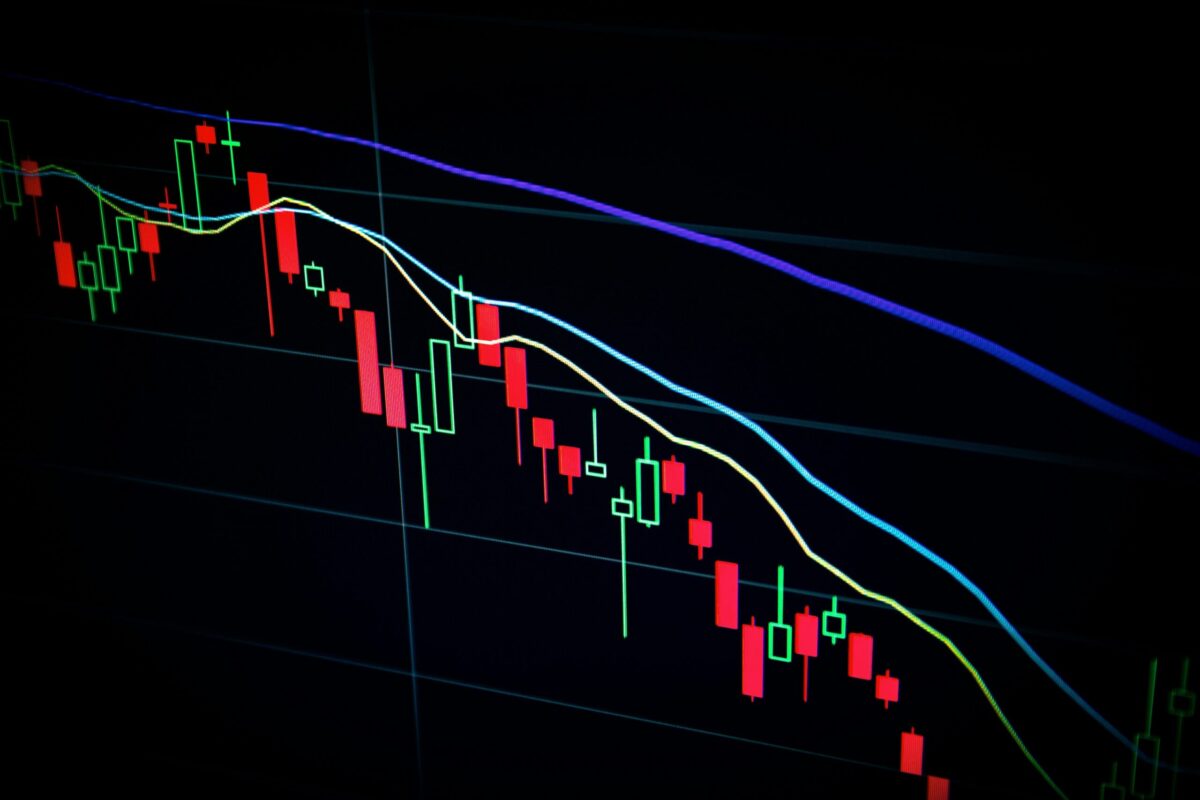On the second day of Sam-Bankman Fried’s (SBF) fraud trial, opening remarks were laid out by both the prosecution and defence team. The former accused the ex-FTX CEO of building his empire “on lies” while defrauding his customers.
This was countered by the defence side, which maintained SBF’s innocence, calling him a well-intentioned but inexperienced founder devoid of criminal intent.
The highly-anticipated trial of the founder of the now defunct-cryptocurrency exchange began this week on 3 October. Bankman-Fried arrived in court in a changed look, featuring a recent haircut with his previously worn casual attire now replaced with a grey suit.
The second day saw Judge Lewis Kaplan settling the matter of jurors. A group of 12, along with six alternates, will hear the case of the former cryptocurrency mogul. The trial’s duration is expected to be between five to six weeks.
SBF will be facing charges of financial crimes largely centering around wire fraud, securities fraud, and money laundering. He allegedly misled the exchange’s customers and defrauded lenders associated with the sister cryptocurrency hedge fund, Alameda Research. All of this culminated in the bankruptcy of FTX which was once a $32billion company.
As accused by federal prosecutors, Bankman-Fried diverted billions of dollars in FTX customers’ money into risky trades at Alameda and unlawful purchases. The opening argument from prosecutor Thane Rehn on Wednesday alleged that the former CEO lived a rich and fancy life on the back of wealth and power while deceiving the people who invested in his companies.
The funds from customer deposits failed to go into the FTX exchange and instead were funnelled elsewhere while also going directly into Bankman-Fried’s pocket.
Rehn continued: “One year ago, it looked like Sam Bankman-Fried was on top of the world. He ran a huge company called FTX. He lived in a $30m apartment in the Bahamas. He jetted around the world on private planes. He hung out with celebrities like Tom Brady and politicians like Bill Clinton.”
Rehn added: “But all of that, all of it, was built on lies. Behind the curtain, Sam Bankman-Fried was not who he appeared to be. He was using his company, FTX, to commit fraud on a massive scale.”
On the other side, SBF maintained his not guilty plea, with his defence attorney Mark Cohen describing him as a “math nerd” with good intentions who got in over his head. This portrayal was directed at the “cartoon villain” that he claimed prosecutors wanted to paint him as being.
According to Cohen, the downfall of the exchange was a result of the company’s rapid growth which overwhelmed Bankman-Fried’s ability to make decisions. In saying this, he called SBF an inexperienced founder but with good intentions as he “didn’t intend to defraud anyone” as Sam acted in “good faith”.
The defence added: “Things were happening quickly, very quickly. Sam and others were making hundreds of decisions a day,” Cohen said. “And as a result, some things got overlooked … things an older company would have built out over time.”
The day also heard prosecution’s first witness – Marc-Antoine Julliard – a commodities trader who became an FTX customer after hearing about it from a friend and looking into the company online. He got his assurance in the exchange when he saw FTX sponsoring Formula 1 racing and believed Bankman-Fried to be “the future face of the general crypto industry”.
Despite FTX’s fall into crisis last November, Bankman-Fried’s reassuring tweets and positive messages had encouraged Julliard to keep his deposits in the exchange. However, a day later when he changed his mind, it was too late as he was unable to withdraw around $100,000 worth of investments that he’d left in FTX. When the prosecution asked him whether he had ever been able to withdraw his funds, Julliard replied “never”.
Wednesday’s second and final witness was Adam Yedidia who formerly worked for FTX and was a close friend of Bankman-Fried’s from university. He testified under an immunity order where he can’t be charged based upon his testimony as long as it was truthful.
When asked about the reason for the same, he said: “I was concerned that, as a developer for FTX, I may have unwittingly written a code that contributed to a crime”.
Yedidia then told the court that last year, when he was an employee at the exchange, he received a phone call from another developer at the company who told him that Alameda was using FTX customer profits to pay back its creditors. Yedidia then said that he resigned following the call. He is set to testify again on Thursday.
The next few days will see a number of Bankman-Fried’s former close associates at FTX testifying as they had previously pleaded guilty to criminal charges and became witnesses for the prosecution. The court is also expected to hear Caroline Ellison, SBF’s on-and-off girlfriend who was at one-time the head of Alameda.
Bankman-Fried, on the other hand, will remain jailed throughout the trial as he had lost his bid for his temporary release from jail to prepare for the same. The request was first made in August when Judge Kaplan revoked his bail on the grounds that he was tampering with witnesses.


